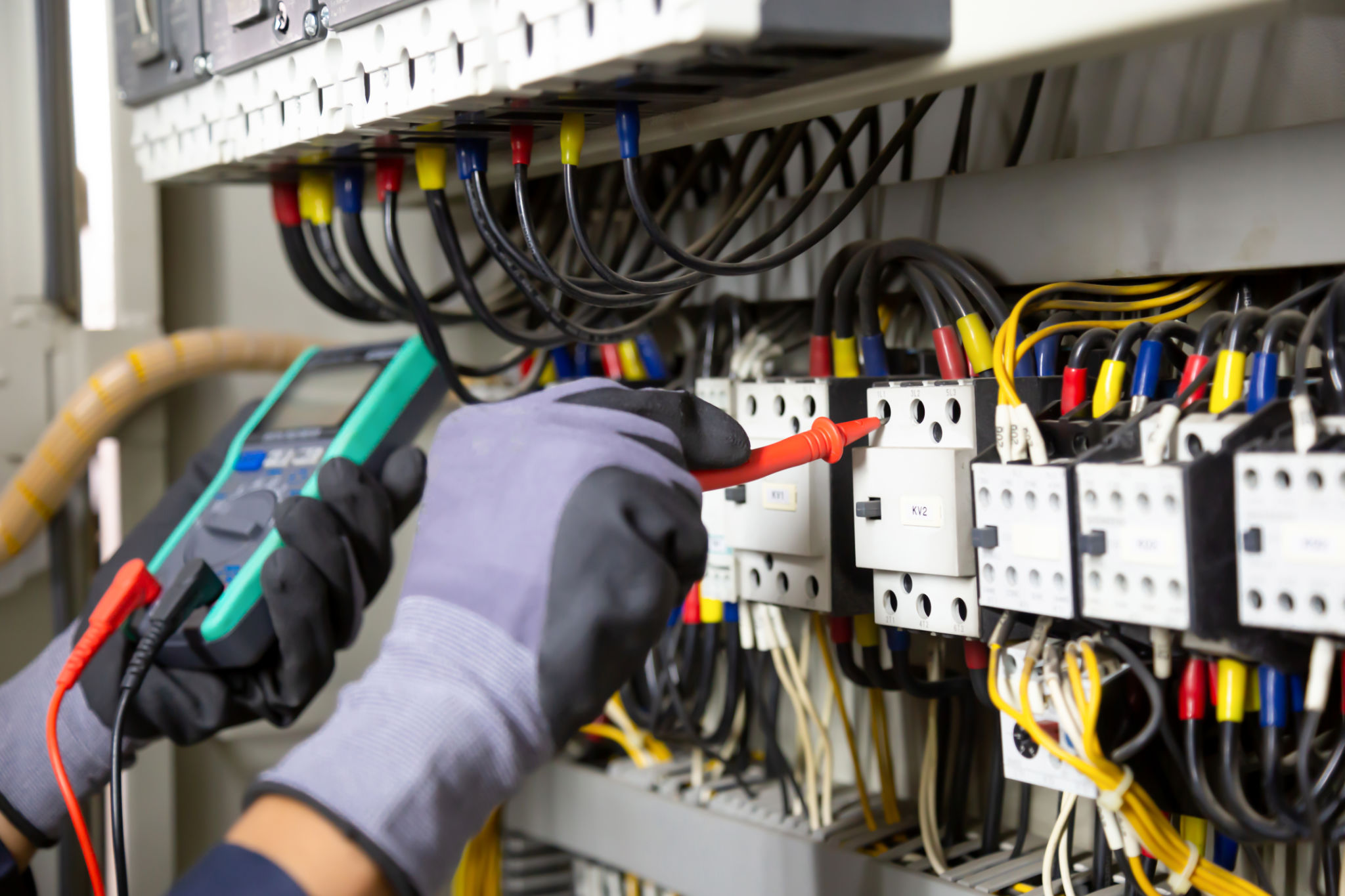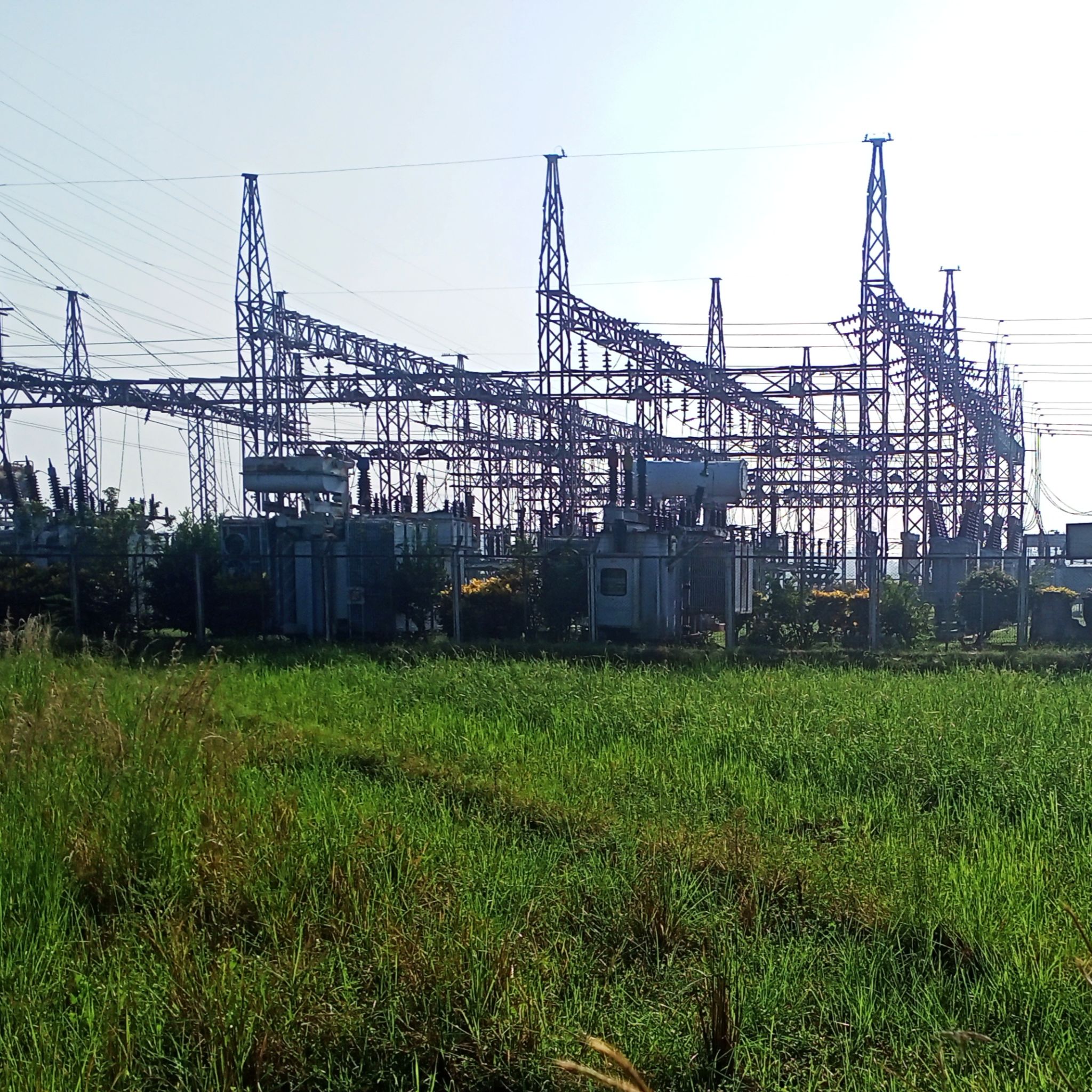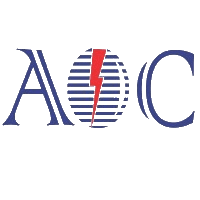Comprehensive Guide to Extra High Voltage Transmission Line Testing
Introduction to Extra High Voltage Transmission Lines
Extra High Voltage (EHV) transmission lines are crucial for the efficient distribution of electrical power over long distances. These lines, operating at voltages above 230 kV, play a significant role in minimizing power loss and ensuring the stability of the electrical grid. In areas like Garia, Kolkata, where urban development and energy demands are on the rise, EHV lines are vital for sustainable growth.

The Importance of Regular Testing
Regular testing of EHV transmission lines is essential to maintain their reliability and performance. These tests help in identifying potential faults and preventing outages that can disrupt daily life and economic activities. Testing ensures that the infrastructure remains safe for technicians and the surrounding communities.
Types of Tests Conducted
Various tests are conducted to assess the condition of EHV lines. These include:
- Visual Inspections: Checking for physical damage or signs of wear.
- Thermal Imaging: Detecting hotspots that indicate potential issues.
- Corona Discharge Tests: Identifying electrical discharge points.
Advanced Testing Techniques
In addition to conventional methods, advanced testing techniques have been developed to improve the accuracy and efficiency of EHV line assessments. These include:
- Partial Discharge Monitoring: This technique helps in detecting insulation failures.
- Online Monitoring Systems: Real-time data collection for continuous assessment.

Challenges in Testing EHV Lines
The locations present unique challenges for EHV line testing. Accessibility can be an issue due to urban congestion or isolation from normal population. Additionally, ensuring minimal disruption while conducting these tests requires meticulous planning and execution.
Environmental Considerations
Environmental factors also play a role in testing EHV lines. High humidity, temperature fluctuations, and pollution levels can affect the performance and integrity of these lines. Therefore, testing must be adapted to account for these variables to obtain accurate results.
Future Trends in EHV Line Testing
The future of EHV line testing is leaning towards automation and digitalization. Drones equipped with sensors and cameras are increasingly being used to perform aerial inspections, providing a safer and more comprehensive view of the infrastructure. Additionally, AI-driven analytics are being integrated to predict failures before they occur, ensuring proactive maintenance.

Conclusion
In conclusion, comprehensive testing of EHV transmission lines near Garia, Kolkata, is essential for maintaining a reliable power supply. By employing both traditional and advanced testing methods, potential issues can be addressed promptly, ensuring the safety and efficiency of the electric grid. As technology evolves, these processes will only become more sophisticated, leading to even greater reliability and sustainability in energy distribution.
